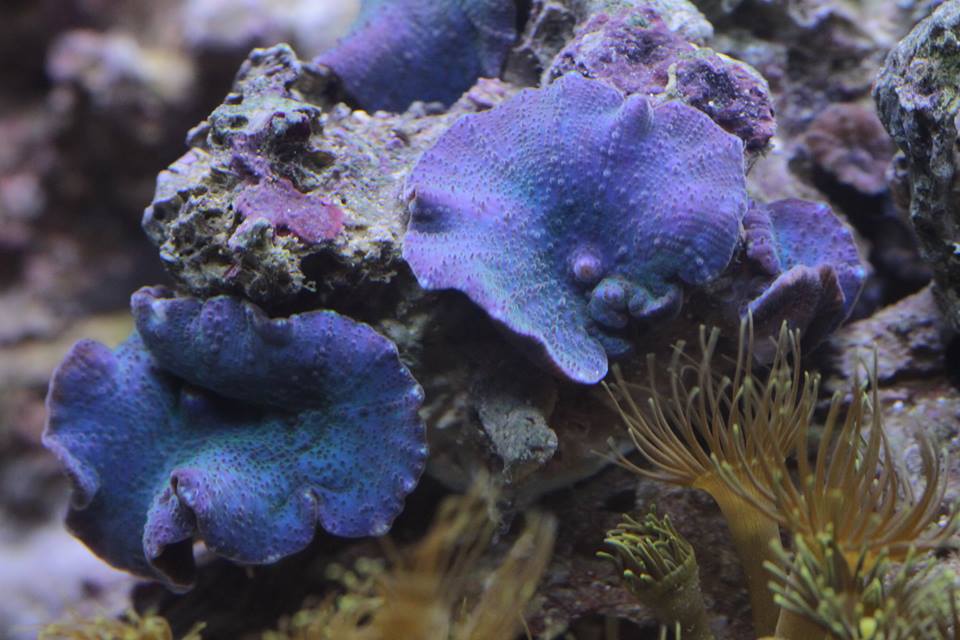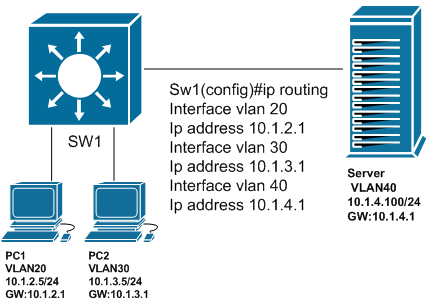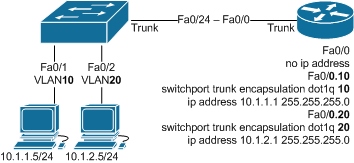I have always wanted to get myself a reef aquarium… A complete ecosystem enclosed in a glass/acrylic tank with beautiful coral and interesting livestock…. The only question I ask myself now is “What took you so long?”
Dealing with space restraints can be an issue when setting up an aquarium. Nowadays a lot of Nano sized aquariums are available on the market and with some limitation to the selection of livestock/corals will allow you to set up a small marine environment.
I had to make a decision on whether I wanted a freshwater or marine aquarium – both of them have their pros and cons. Unable to decide I purchased both and decided to start of with the freshwater shrimp aquarium. A marine aquarium can be harder to maintain but rewards you with beautiful colors and very bizarre creatures…
Before I made the purchase I had some reading to do, so I took about six weeks and consumed any literature I could find on the topics. The requirements to successfully maintain an Aquarium (especially a Nano aquarium) boil down to a few facts:
– maintaining biological stability (water quality, waste): If you know basic chemistry and have some common sense the basics should not be a problem and small mistakes (and mistakes will be made) should not have a too ciritcal impact
– maintaining livestock: This is probably the most fun part in the process. Get the facts/data of your livestock and analyze their behavior. If you have an analytical mindset – be prepared to explore a whole new world with plenty of interesting stuff to learn. Questions like “What food do species x prefer” and “Do species x and y” get along and how can I scape my reef to give my corals a healthy environment will come up here.
– equipment choice: This is a large industry and products are flooding the market, find what works best for you and your livestock or better yet…. build it yourself… 🙂
With High Power LEDs, Micro controllers and compact computers like a Raspberry Pi will allow you to bring your tech experience into the whole aquarium spectrum.
Also, if you love photography (especially Macro Photography) you will love owning a reef tank.
Coming up will be a series of Blogs about setting up, maintaining, enjoying and improving my reef aquarium.






